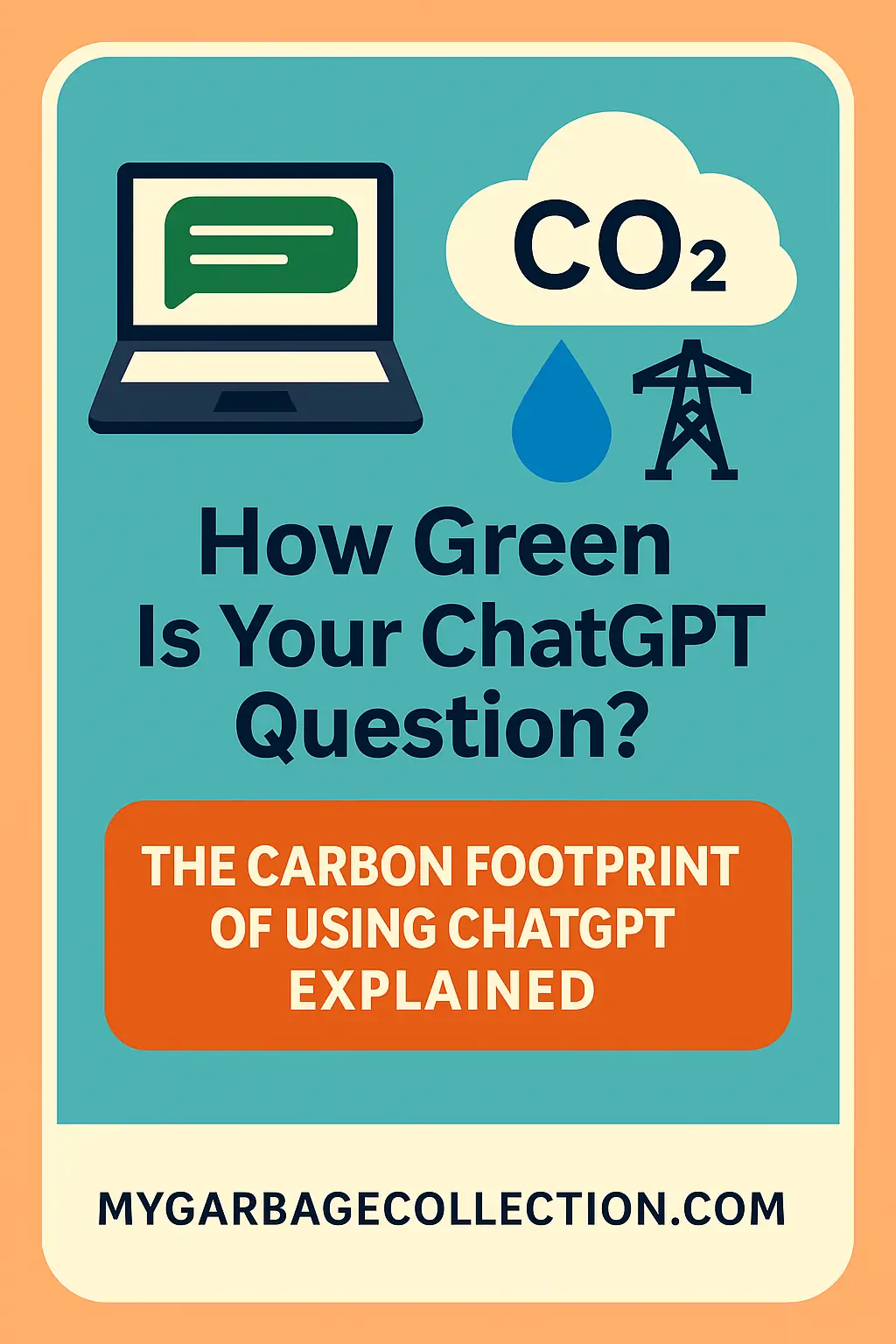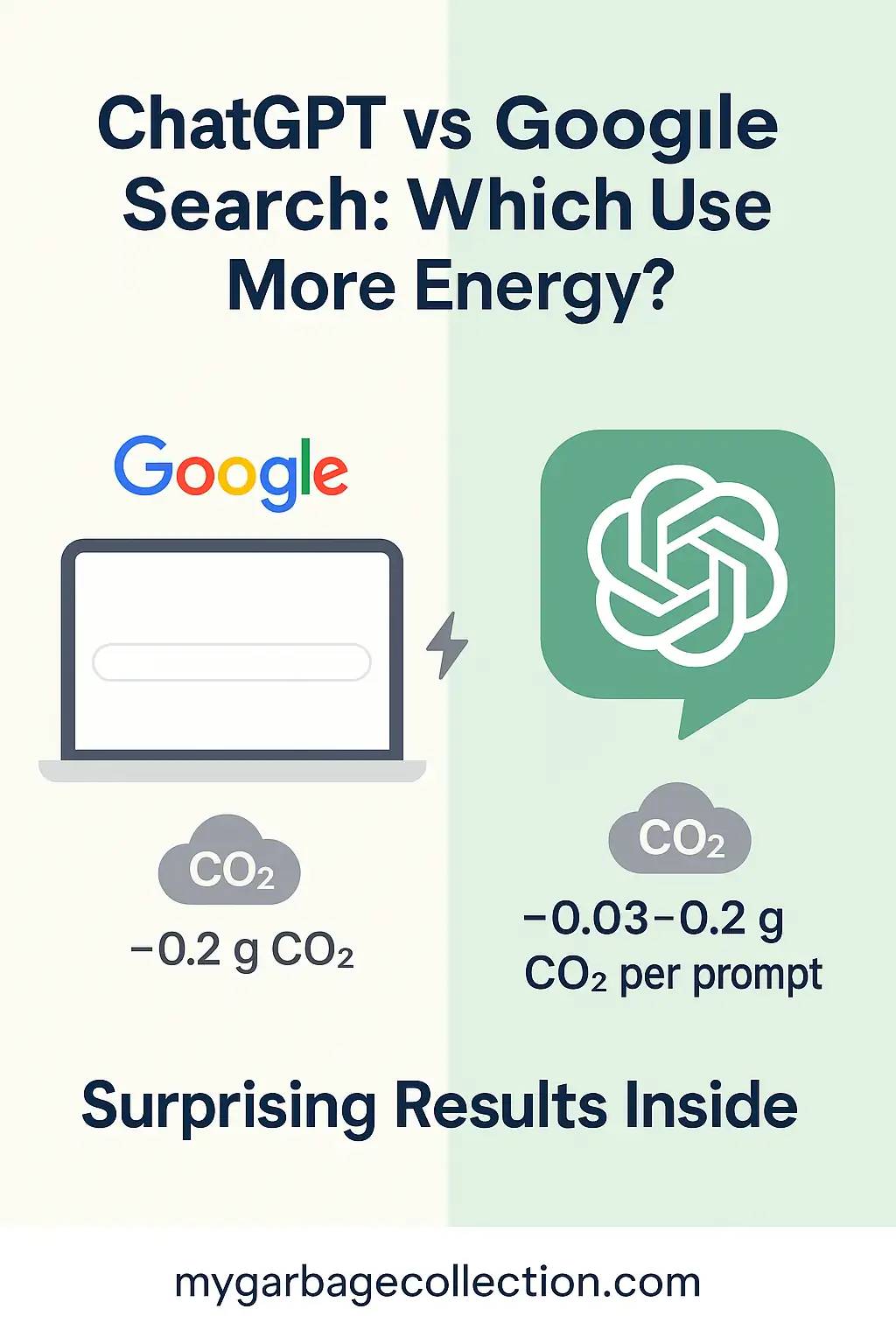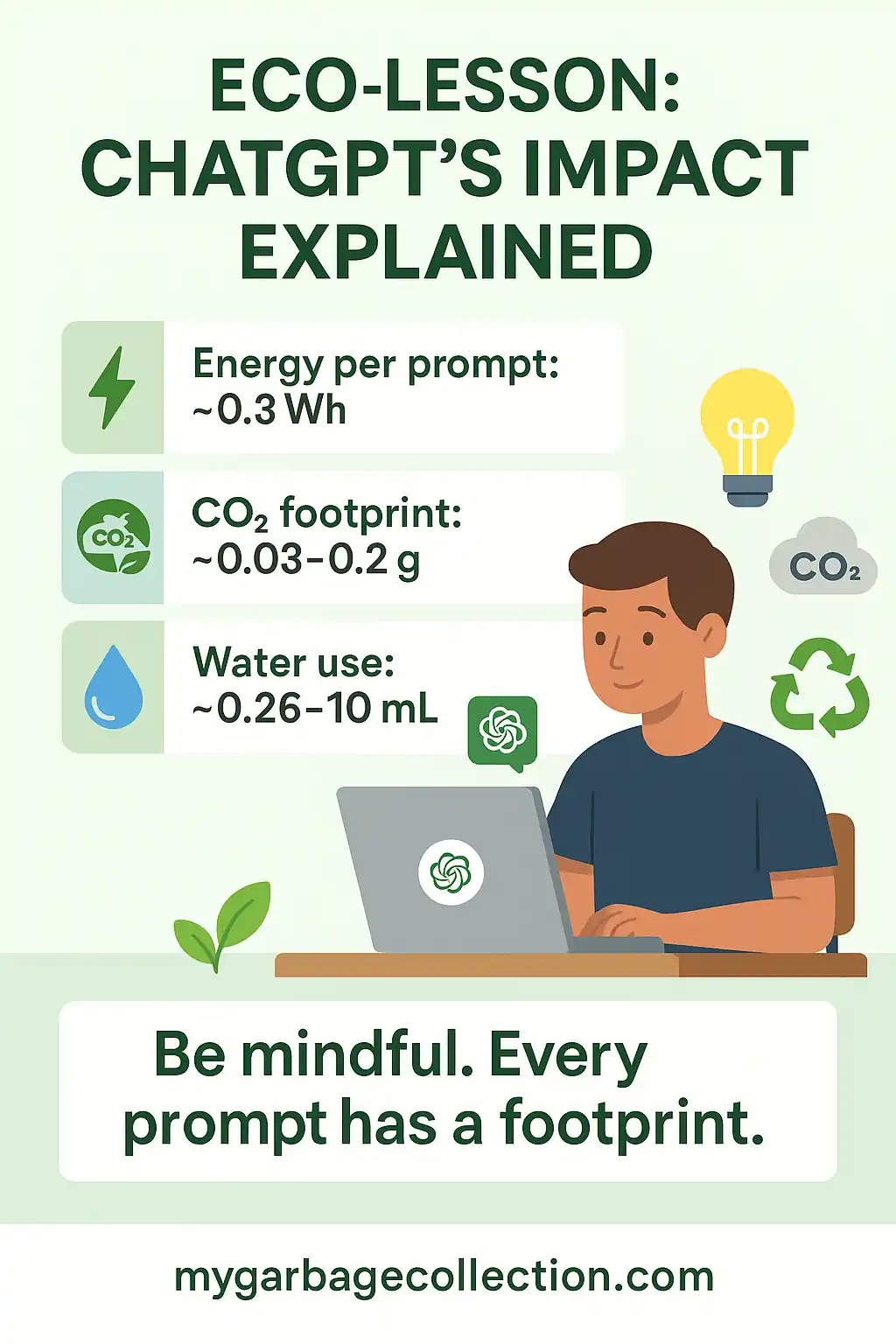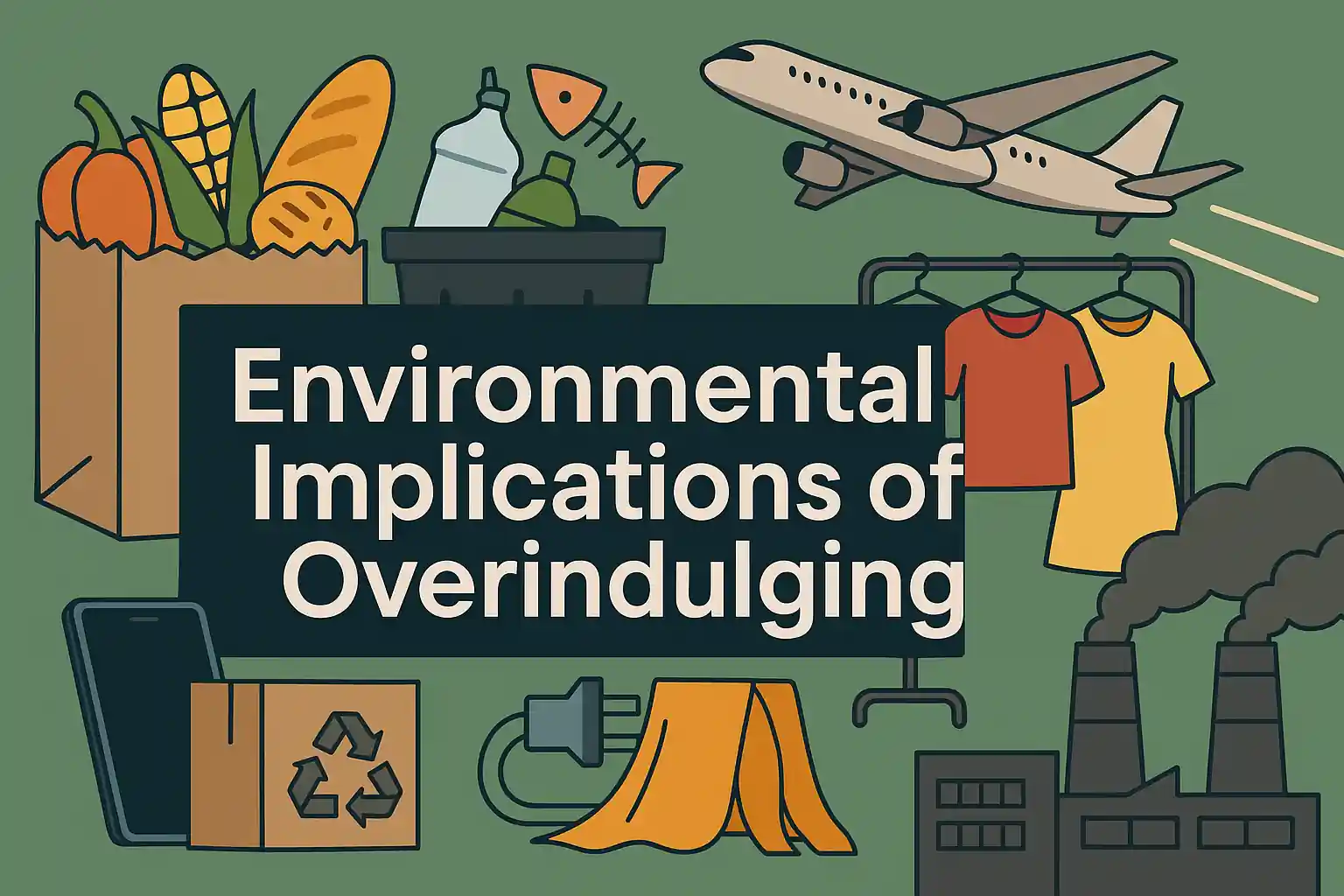What Is the Carbon Footprint of Using ChatGPT? (ChatGPT Footprint Calculator)
When you ask ChatGPT a question, it feels almost magical. You type a few words, press enter, and a detailed response comes back in seconds. But behind that smooth reply lies a lot of hidden work—huge computers crunching numbers in giant data centers. And like everything powered by electricity, this process leaves a mark on the planet. That mark is what we call the carbon footprint.

Understanding the idea of a carbon footprint
Think of a carbon footprint like the smoke trail left behind by activities that use energy. It is not always visible, but it adds up. For example, driving a car burns fuel, which releases gases like carbon dioxide into the air. These gases trap heat in the atmosphere and contribute to climate change.
Now, instead of cars and fuel, imagine powerful servers running day and night to answer millions of questions like yours. They use electricity, and the production of that electricity often comes from power plants that release carbon dioxide. That is where ChatGPT gets its carbon footprint.
How much energy does one ChatGPT question use?
Scientists and researchers have been trying to measure this, and the results are not all the same. That is because the answer depends on many factors like the size of the model, the type of computer chips used, and even the country where the data center is located.

Some early reports suggested that one ChatGPT question could use as much as ten times more energy than a Google search. But newer studies show that this was likely an overestimate for the latest models.
Recent research puts the energy use at about 0.3 to 0.4 watt-hours per question. If you do not know what that means, picture leaving a small LED light on for about one minute, that’s roughly the same energy.
ChatGPT footprint calculator
Estimate the energy, carbon, and water impact of your ChatGPT session. Values are editable and for learning.
Advanced options
Tip for students. Keep prompts clear and use text when it meets the need. Fewer retries and smaller models usually mean less energy.
Your results
Turning energy into emissions
Energy use alone does not tell the full story. The key is where the electricity comes from. If a data center is running mostly on coal or oil, the same question will release more carbon dioxide compared to one powered by wind or solar.
On average grids around the world, one ChatGPT question might release around 0.03 to 0.2 grams of carbon dioxide. That is less than what comes out of a car’s tailpipe in a single second of driving.
But here is the catch: billions of questions are asked every day. Add them up, and the total becomes large enough to matter.
What about training ChatGPT?
So far, we’ve talked about the cost of asking a question. But before ChatGPT was ready to answer, it had to be trained. Training means feeding enormous amounts of text into the system and letting it learn patterns. This training uses thousands of powerful chips running for weeks or even months.
When you spread out the energy of training across all the future questions people will ask, some experts estimate that each question carries an extra 0.2 to 3 grams of carbon dioxide. That depends on how you choose to do the math, but it shows why training is such a big part of the story.
Water use: the hidden footprint
There’s another side to this story that people rarely think about: water. Data centers get hot when they run, and they need cooling. In many places, water is used to cool down the machines.
Researchers found that generating one ChatGPT answer can use a few milliliters of water—about the size of a drop from a spoon. It sounds tiny, but when multiplied by billions of questions, it becomes millions of liters. And in areas where water is scarce, this matters a lot.
Why the numbers are so different
If you search online, you’ll see lots of different claims: one site might say 4 grams of carbon per question, another might say 0.3 grams. Who should you trust?
The truth is that all these numbers are estimates. They differ because:
- Some count only the electricity of answering a question, while others also include the cost of training the model.
- Some use clean-energy grids in their calculations, others assume fossil fuels.
- Some look at simple text prompts, while others include image or video generation, which are much heavier.
So, instead of searching for a single “correct” number, it’s better to understand the range and why it varies.
Comparing ChatGPT to other activities
To make it easier to picture:
- One Google search: about 0.2 grams of carbon dioxide.
- One ChatGPT question: about 0.03 to 3 grams, depending on the method.
- Boiling a kettle of water: about 15 grams.

So asking ChatGPT a single question will not destroy the planet. But the big picture matters—if hundreds of millions of people use it daily, the total emissions can be significant.
How students and users can make their impact smaller
If you are a student or someone who cares about sustainability, you may wonder what you can do. Here are a few simple choices:
- Ask clear and concise questions instead of sending many half-formed ones.
- Use text answers instead of image or video generation when possible.
- Prefer lighter models or eco-friendly options if available.
- Support companies that run their data centers on renewable energy.
These small steps may not sound like much, but multiplied across millions of users, they can help.
Also Read: The 3 Pillars of Sustainability: People, Planet & Profit (With Examples)

The bigger lesson
The story of ChatGPT’s carbon footprint is really the story of our modern digital lives. We often think of the internet as “clean” compared to cars or factories, but behind every click and every message is a chain of energy use.
For students, the key lesson is that technology is not free, it has a cost to the planet. For sustainability enthusiasts, this is a chance to push for greener AI: more efficient models, renewable-powered data centers, and transparency from tech companies about their environmental impact.
ChatGPT is just one example, but it shows us a bigger truth. Every digital tool we use carries a footprint, and the choices we make, individually and collectively, will shape how heavy that footprint becomes.
You Might also be interested in reading this: What Overindulgence Does to the Planet: Real Environmental Impacts Explained






